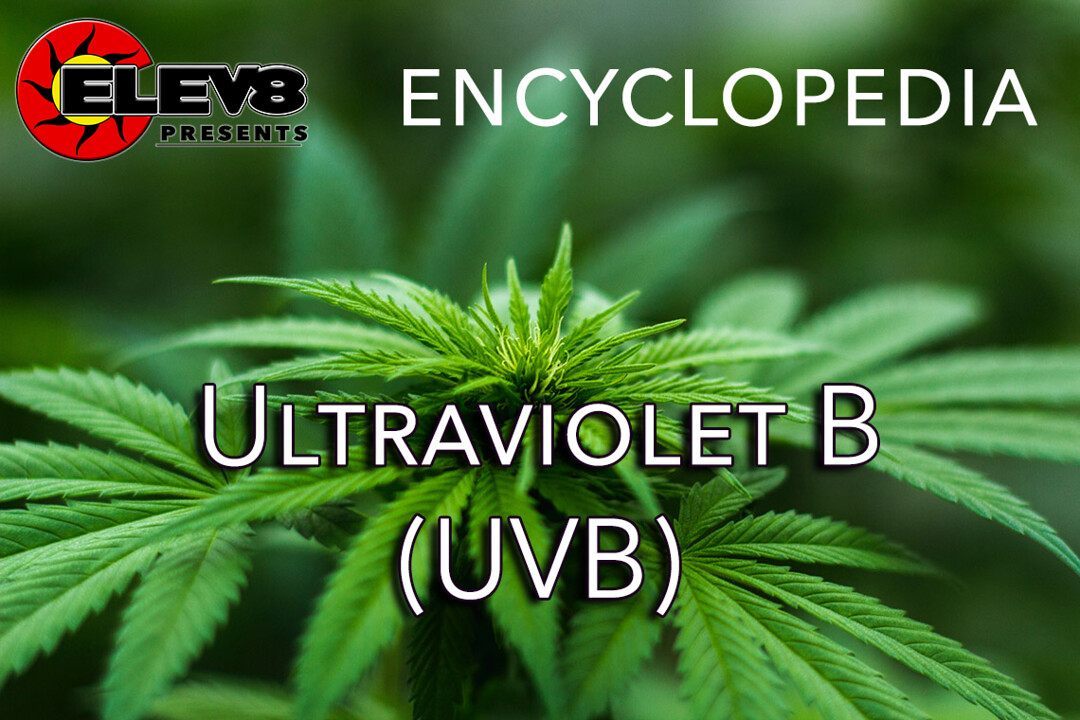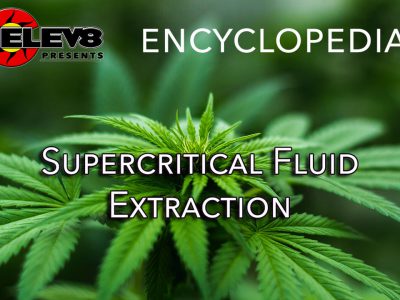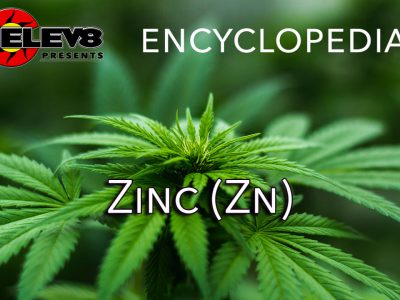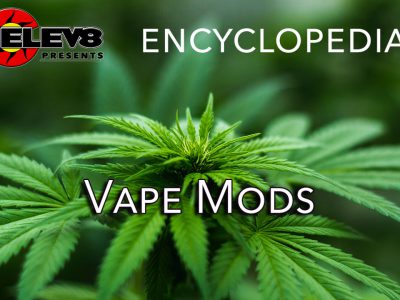What does Ultraviolet B (UVB) mean?
Ultraviolet light refers to electronic radiation that has a longer wavelength than X-rays, but shorter than visible light. This natural light is produced by the sun, but it is often artificially replicated in indoor gardens to encourage plant growth and development.
While Ultraviolet B only makes up around 0.15% of natural sunlight, it is energetic enough to boost a plant’s overall health, which is why it’s commonly used in indoor growing.
According to botanists, UVB light enhances essential oil production in most crops and this largely increases the overall plant quality. Supplementing plants with UVB light has also been shown to be more beneficial during the earlier flowering stages.
More Info on Ultraviolet B (UVB)
There are several differing types of ultraviolet light, otherwise known as UV rays. In addition to ultraviolet B, the other types include ultraviolet A, ultraviolet C, Near ultraviolet, Middle ultraviolet, Far ultraviolet, Hydrogen Lyman-alpha, Vacuum ultraviolet, and Extreme ultraviolet.
The best way to get UV-B into your indoor garden is to set up specific aquarium or reptile UV-B bulbs around your plants. Because these are relatively inexpensive, they are commonly used by commercial planters who want to cut back on costs.
According to gardeners, 1-2 watts can easily sustain up to a square foot of growth space. Low-level UV-B exposure has also been shown to enhance a plant’s photomorphogenic’s response, consequently increasing its ability to sense and turn towards light sources.
When working with UV-B light for plant growth and development, it is important to wear protection gear since over-exposure to this UV light can be detrimental to human health. It is also recommended to carefully monitor and limit a plant’s exposure to UV-B since prolonged exposure can cause irreversible damage to the leaves and flowers.







